The outdoor industry’s creative approach to solving inventory glut
This blog explores creative strategies outdoor and sports brands can employ to mitigate the costs of excess inventory.
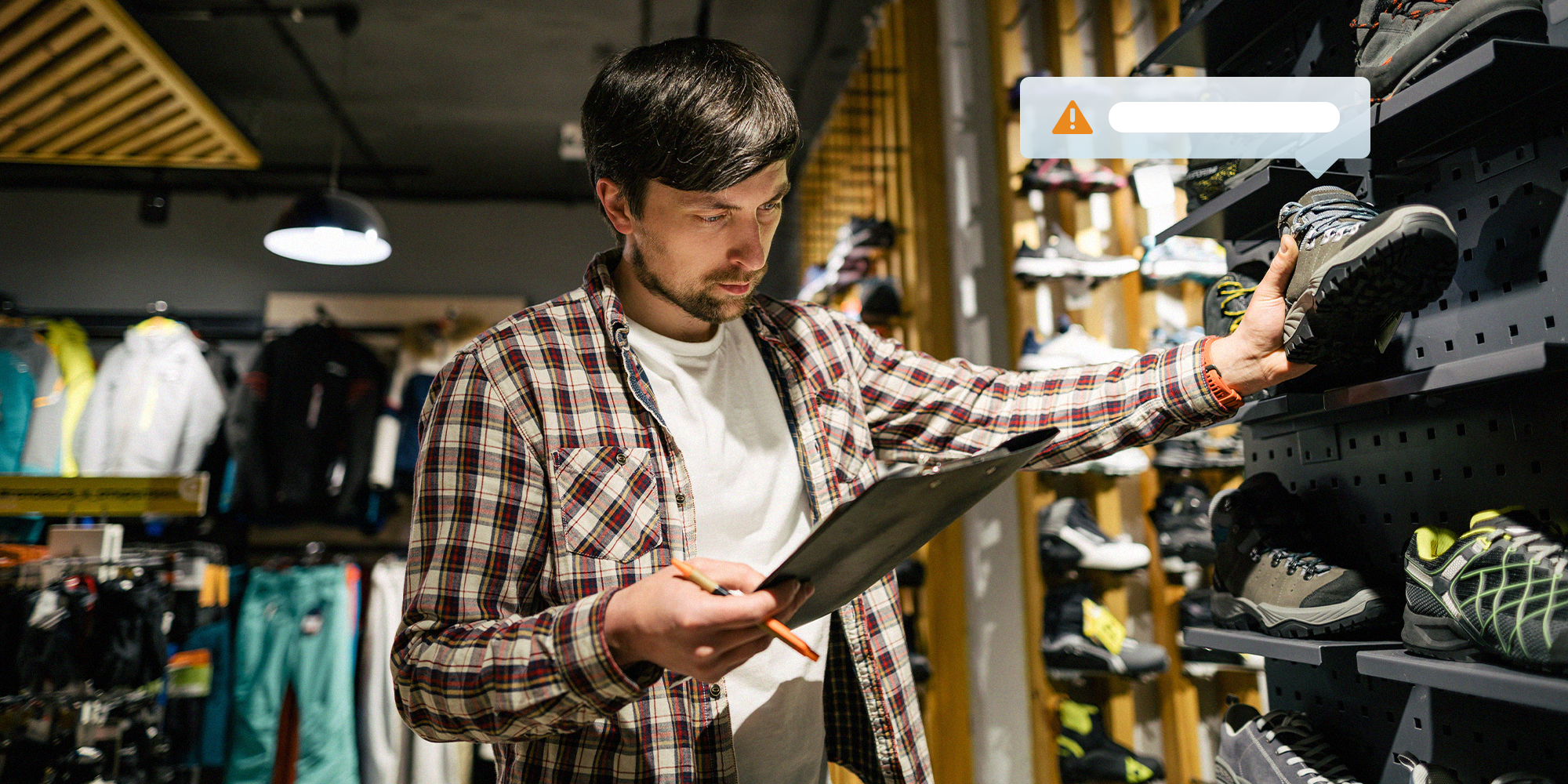
Demand for outdoor apparel, gear, and accessories soared during the pandemic as cooped-up consumers raced toward outdoor recreation. In 2022, companies placed large orders in anticipation of demand and to avoid the supply chain challenges of 2021. However, the combination of rising inflation and a decline in demand resulted in an ongoing issue of excess inventory for outdoor and sports brands, which persists in 2023.According to consumer behavior research firm Circana, sports sales increased in 2021 and 2022 and then flattened off in 2023. This blog shares creative strategies the outdoor industry uses to solve its inventory challenges without costly discounts. Read on for tips your outdoor business can implement to manage inventory glut and sell efficiently.
Unique Challenges (and Solutions) for Inventory Gluts
With ongoing challenges, industry leaders must reimagine strategies and embrace change amidst uncertainty. This environment prompts a search for creative solutions, challenging businesses to think outside the box. Let's take a look at these innovative solutions in the outdoor industry.
Pivot to service
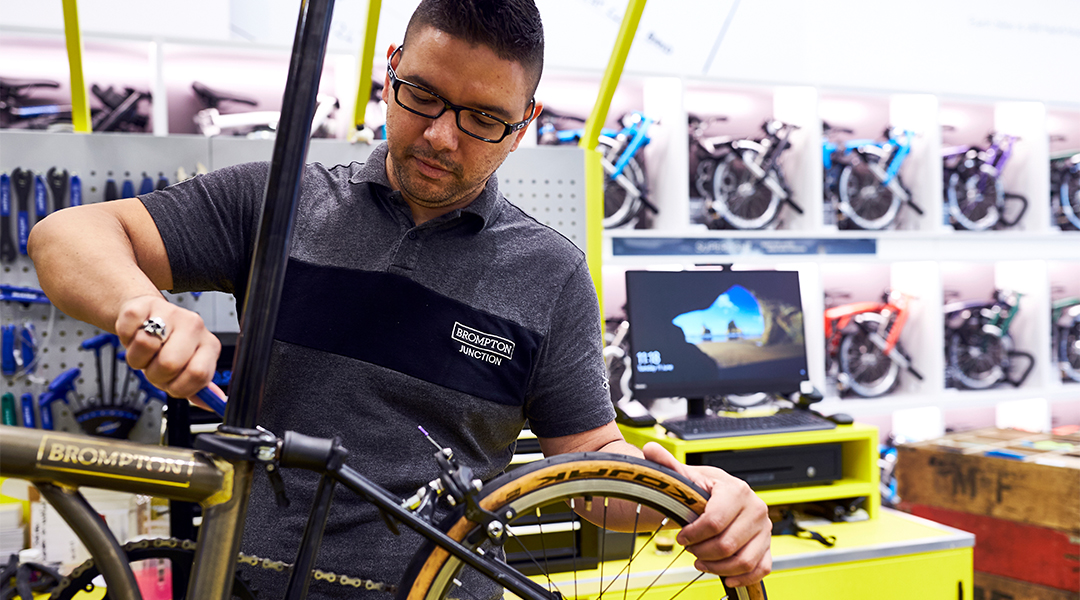
Bike sales have faced the greatest impact among other subcategories of hard goods, according to Nathan Pund, the managing director overseeing the outdoor and active lifestyle banking practice at Houlihan Lokey. Pund also emphasized the challenges faced by bike brands due to the lengthy supply chain manufacturing process required for assembling bike parts.
Isaac Denham, the owner of Befitting Bicycles, shared his experience of watching $250,000 worth of inventory collect dust. In response, Befitting Bicycles made a strategic pivot, transforming from a bike shop to a "fitting studio." They now schedule "bike fit" appointments with customers, offering 90-minute sessions at a cost of $300. This new approach generates revenue without additional inventory and allows Befitting Bicycles to reallocate resources effectively.
Additionally, Befitting Bicycles could explore the use of a B2B marketplace to further maximize sales, reach a global audience, and establish new retail connections.
Create flexible payment terms
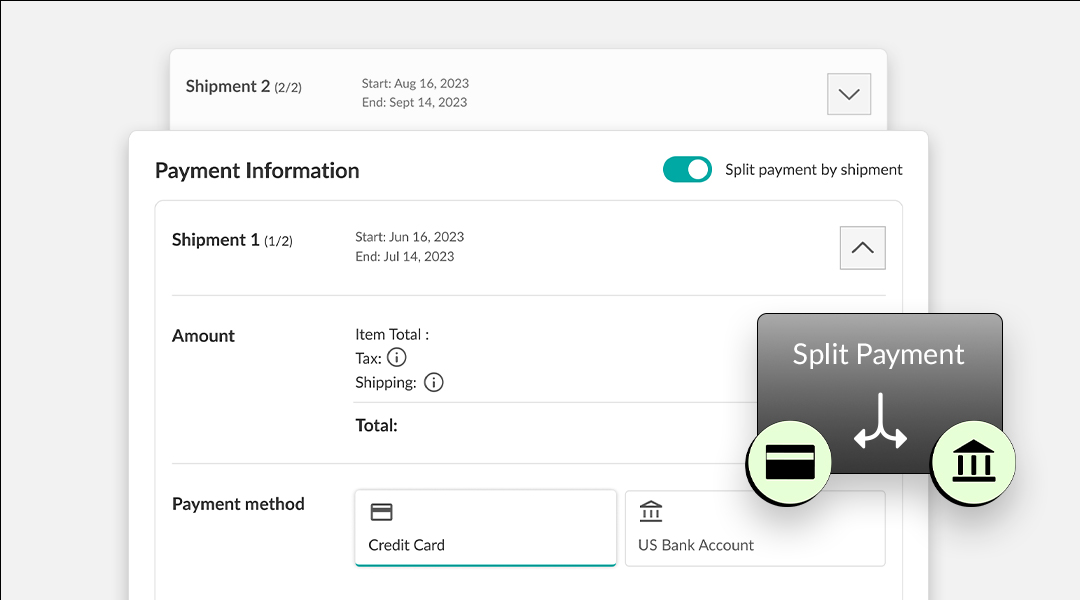
Joy Machines, a bike shop in Cleveland, Ohio, chose a different route by focusing on getting people on bikes. When they noticed new riders were hesitant to buy because of their prices, Joy Machines implemented a flexible payment solution—financing for the products. Although this meant the retailer had to cover interest for these payment plans, the decision proved beneficial in closing more sales. Joy Machines implemented a practical, flexible payment strategy to move inventory and increase profits by catering to consumers' needs.
Brands can utilize the same method with their B2B buyers. Flexible payments streamline the buying process; with more payment options and a seamless checkout process, you strengthen your retail partnerships, sell more, and move inventory efficiently.
Lean into Fashion
While hard goods have been challenging to sell, apparel sales are up 2.5%, making up $16 billion of $28 billion in outdoor market sales from April 1, 2022, to March 31, 2023. Because of apparel success, some brands traditionally known solely for sportswear and gear are expanding into fashion. Arc'Teryx launched a sub-label brand named Veilance, selling trendy pieces like down jackets, wool blazers, trousers, and accessories like bucket hats and backpacks. The creation of Veilance allows the brand to tap into the fashion market without compromising the integrity of its core performance products.
A strategic expansion into fashion helps sports and outdoor brands appeal to a larger audience and capitalize on the growing demand for apparel, increasing profits and potentially offsetting costs associated with excess inventory. In facilitating an assortment expansion, brands can leverage a B2B platform, which provides robust data analytics and reporting features. These tools allow brands to gain insights into buyer behavior and preferences, enabling them to make informed decisions when expanding their product lines.
Upcycling
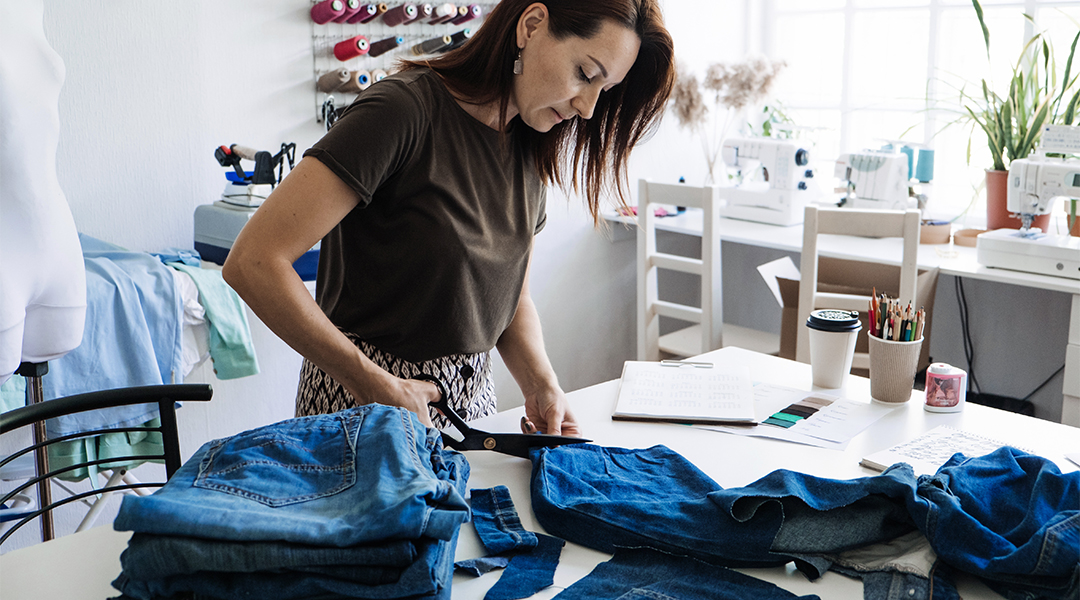
Upcycling takes older, potentially discarded items and transforms them into higher-value items. Think of it as a creative way to move inventory that might otherwise be collecting dust. You can even build personalized product lists of upcycled items to appeal to buyers who want more sustainable materials in their lineups.
Take, for example, Umbro, a sports equipment manufacturer. To battle textile waste, Umbro launched its "Make New" campaign, which challenged designers to transform their shoes, balls, jerseys, trainers, and socks that would otherwise be discarded into new, fashionable designs.
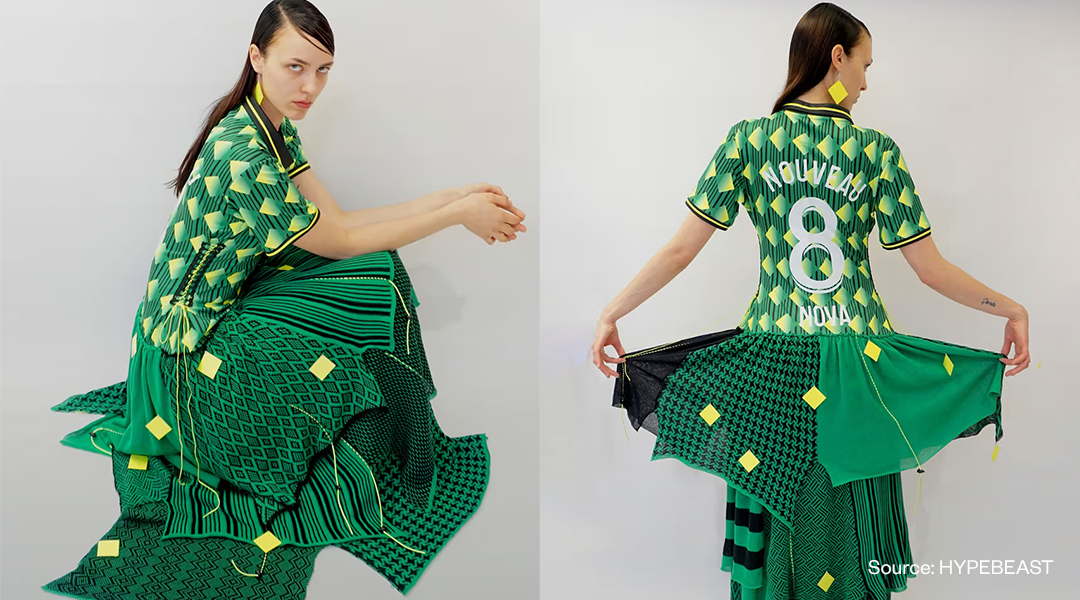
This approach aligns with the preferences of modern shoppers, especially Gen Z and Millennials, who are increasingly making purchasing decisions based on a brand's environmental credentials.
According to a study, nearly 60% of Gen Z and Millennial shoppers have stopped buying brands that lack environmental credentials. Moreover, 66% of consumers are willing to spend more on a product if it is deemed sustainable. By investing in sustainability initiatives like upcycling, brands address the waste issues and attract buyers who prioritize environmentally friendly practices, thus fostering brand loyalty and positively impacting the bottom line.
Following the outdoor market's responses to inventory glut
The outdoor industry was hit particularly hard with an inventory glut thanks to a pandemic-caused surge in orders. But if you can absorb their lessons—and add a few key features with your B2B buying software, like flexible payment terms to encourage more buys when your inventory is high and a robust assortment tool to curate personalized collections for your buyers—you can handle an inventory glut, too.
Looking for more ways to avoid overstock? Grab a copy of our comprehensive guide on inventory management, cost reduction, and efficient operations.
Related articles
Get on the list
Wholesale tips and industry news you can’t miss, delivered weekly
